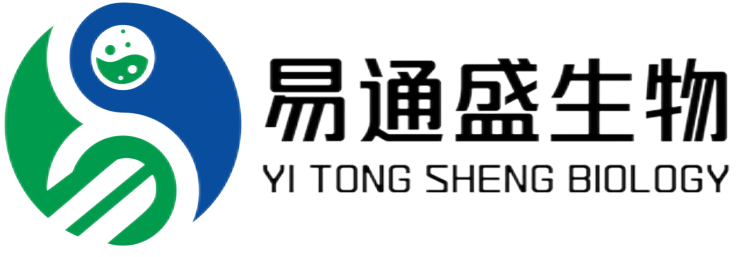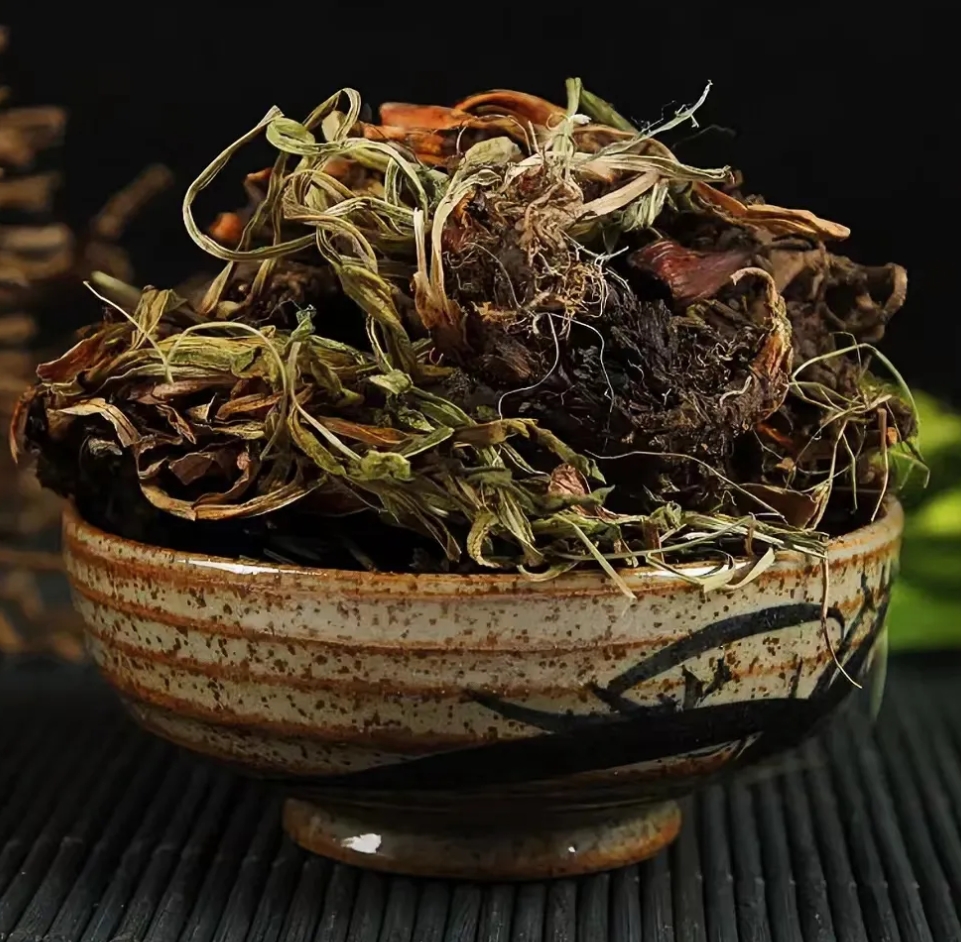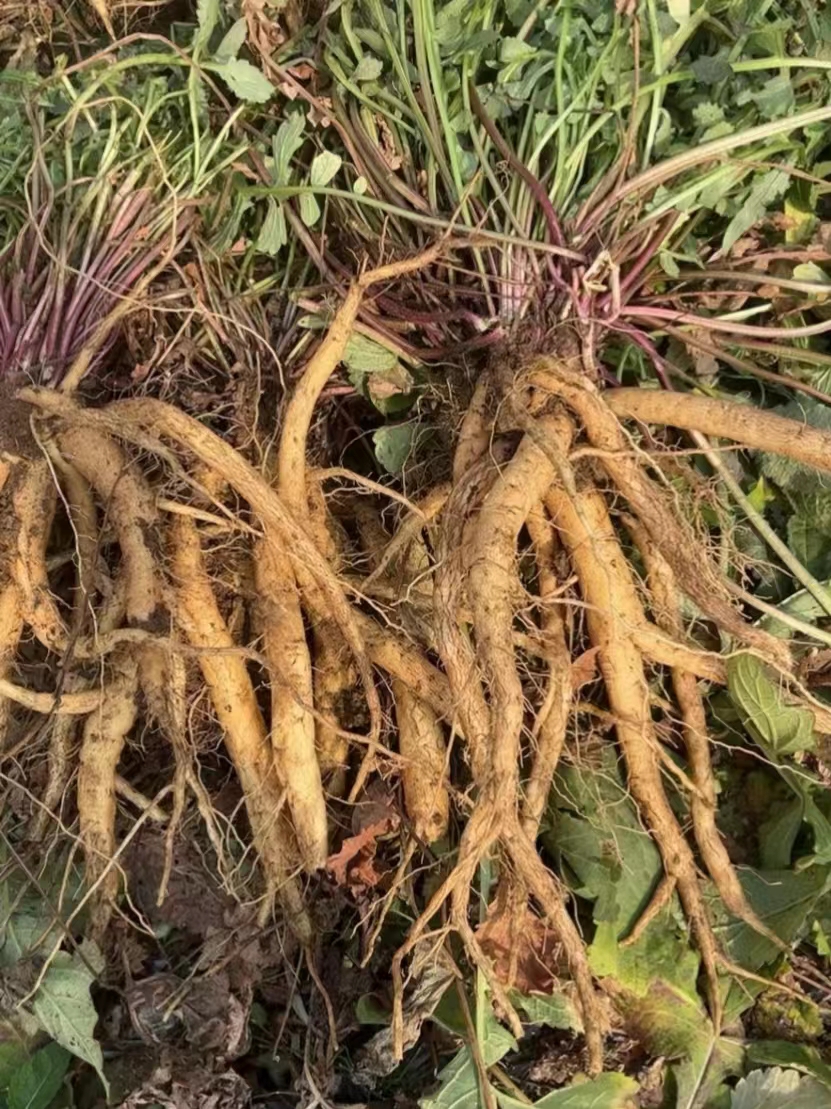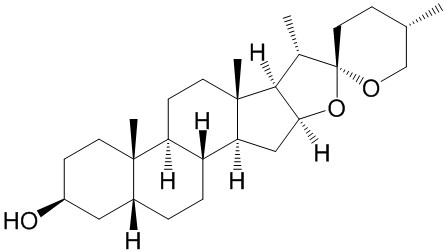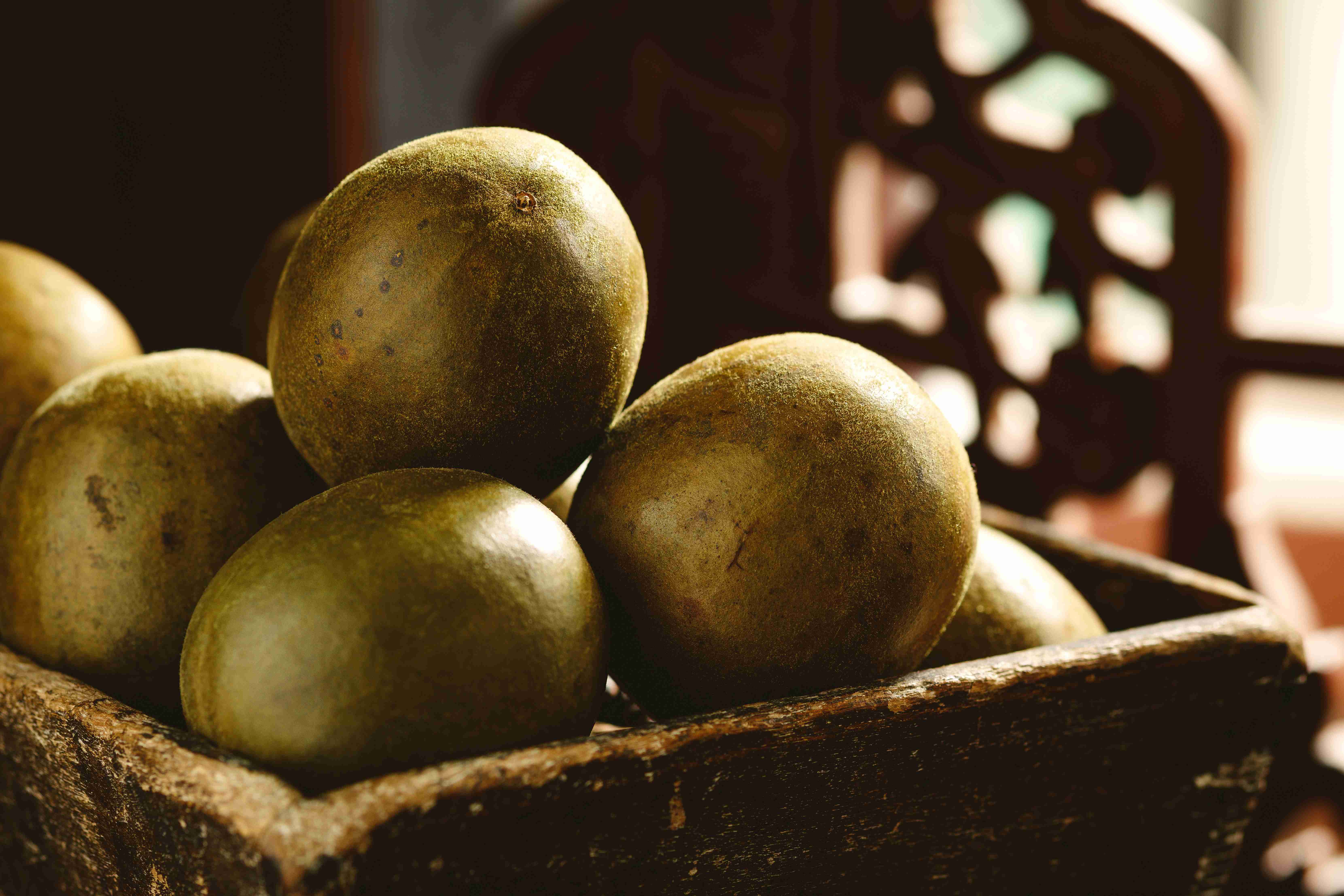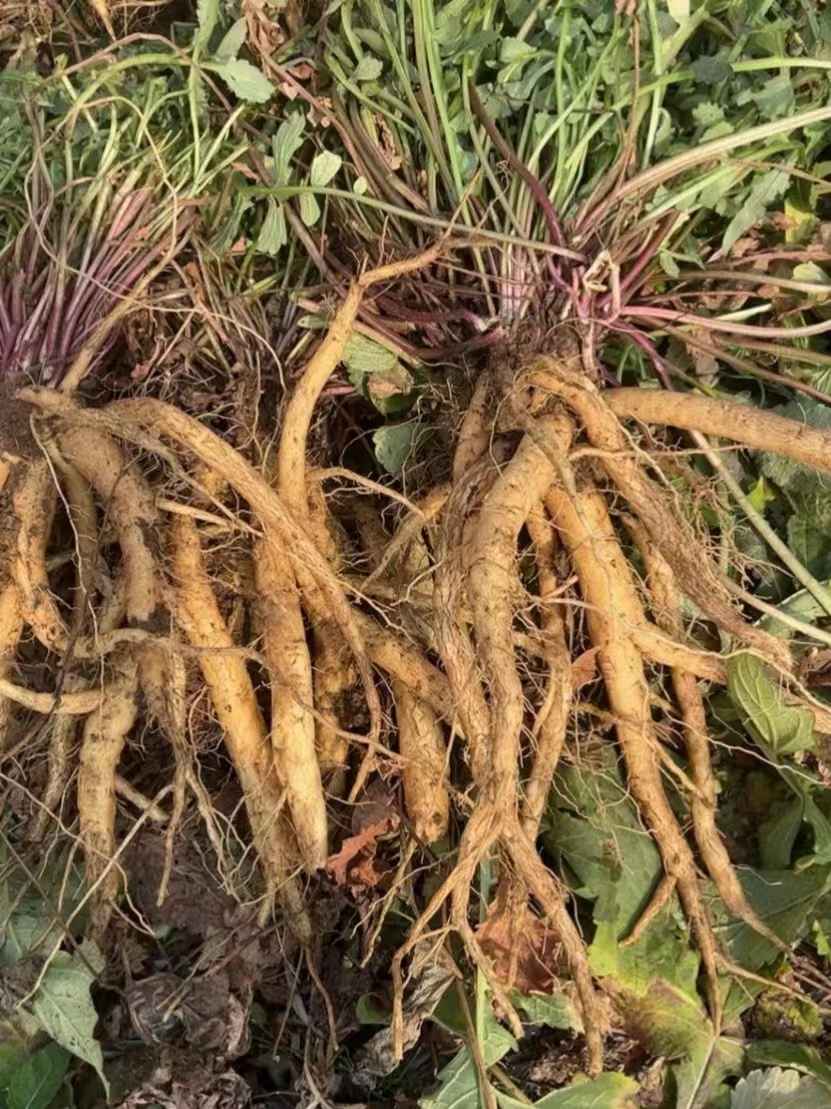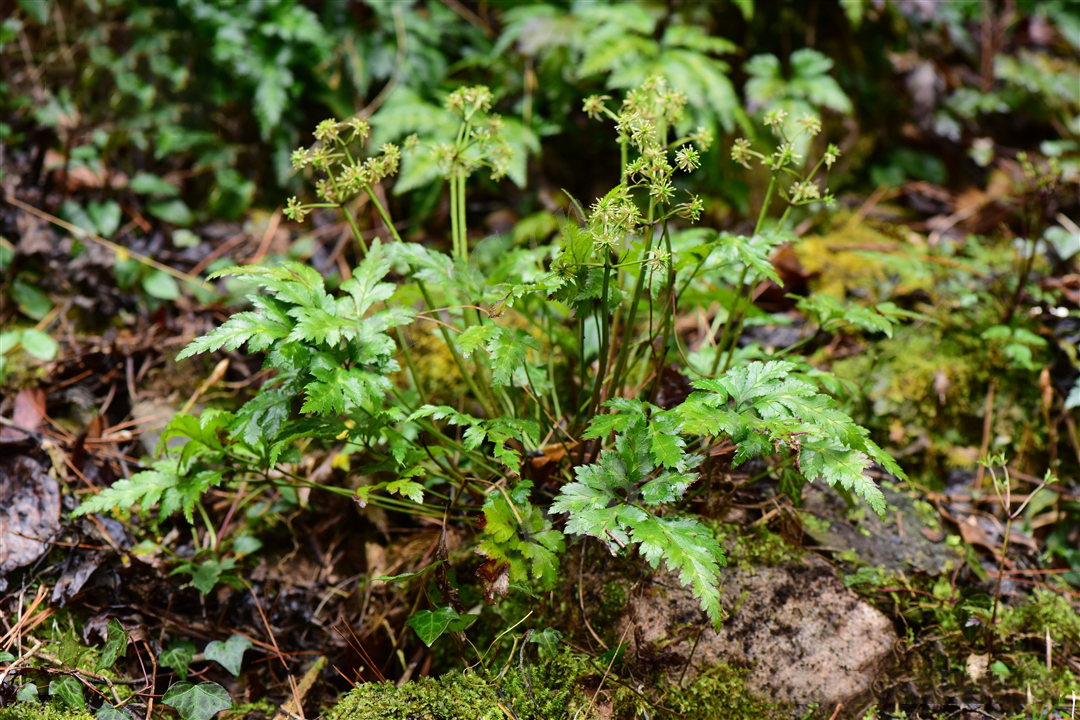杜仲又名思仲、木棉等,是我国特有的第三纪孑遗植物,作为名贵滋补中药材之一的中药杜仲为杜仲科植物杜仲Eucommia ulmoides Olive.的干燥树皮,被誉为“植物黄金”、“中药材中的活化石”。杜仲浑身是宝,具有补肝肾、强筋骨、安胎等多种传统功效,杜仲胶还被广泛用于国防军事领域。作为我国大宗出口的名贵中药材,杜仲远销欧美和日本等国,用于药品、食品及保健品的开发。目前,以杜仲为原料开发的产品包含杜仲酱、杜仲挂面、杜仲茶、杜仲速溶粉、杜仲冲剂、杜仲咖啡、杜仲可乐及杜仲酒等。
Eucommia bark, also known as Du-Zhong, Si-Zhong and Mu-Mian, is the dried bark of the plant Eucommia ulmoides Olive, which is a unique tertiary relict plant native to China. E. ulmoides is highly regarded as a precious medicinal herb and is often referred as the "plant gold" and "living fossil" in traditional Chinese medicine. Du-Zhong is known for its various traditional effects such as nourishing the liver and kidneys, strengthening muscles and bones, and promoting fetal health. Furthermore, Eucommia gum is widely used in the field of military. As one of China's major export valuable medicinal materials, Du-Zhong is widely sold to Europe, America, and Japan for the development of pharmaceuticals, food, and health products. Currently, a diverse range of products have been developed utilizing Du-Zhong as a primary ingredient, including Du-Zhong sauce, Du-Zhong noodles, Du-Zhong tea, instant Du-Zhong powder, Du-Zhong granules, Du-Zhong coffee, Du-Zhong cola, and Du-Zhong wine, etc.

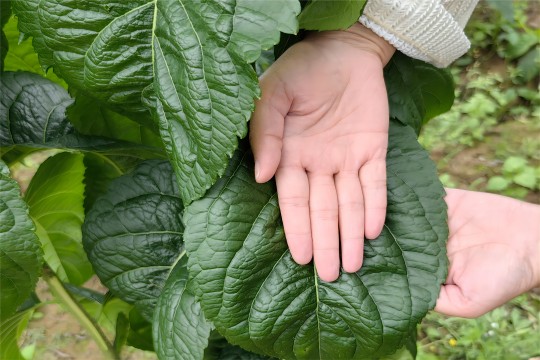

图为杜仲种植基地
1
药典收录与性味归经
杜仲,甘,温;归肝、肾经。始载于《神农本草经》,“久服轻身耐老”,被列为上品。《本草纲目》记载“杜仲味甘而辛,其性湿平,甘温能补,微辛能润,故能入肝而补肾”。《中华人民共和国药典》收录杜仲(杜仲皮)和杜仲叶两个品名。
Du-Zhong has a sweet and warm nature and belongs to the liver and kidney meridians, according to traditional Chinese medicines. The earliest known mention of Du-Zhong can be found in the book Shen Nong Ben Cao Jing, which describes its long-term use as promoting lightness of the body and longevity, and ranks it as a top-grade herb. Ben Cao Gang Mu, another influential Chinese materia medica, states that Du-Zhong has a sweet and slightly pungent taste, with a moist and neutral property. Its sweet and warm nature enables it to tonify deficiencies, while its mild pungency nourishes and moistens. Therefore, it can enter the liver meridian and nourish the kidneys. Two forms of Du-Zhong, namely Du-Zhong (Eucommia bark) and Du-Zhong-Ye (Eucommia leaf) are included in Pharmacopoeia of the People's Republic of China.
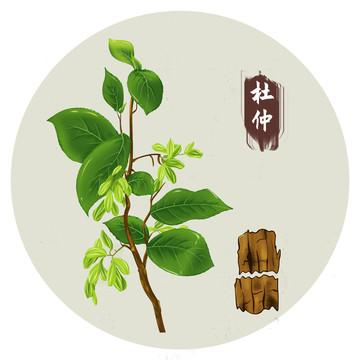
2
杜仲饮片的炮制
根据《中华人民共和国药典》(2020版)规定,杜仲在4-6月采收,采收后刮去粗皮,堆置“发汗”至内皮呈现紫褐色,晒干。
杜仲饮片的炮制包括:(1)切制。刮去残留粗皮,洗净,切块或丝,干燥。杜仲饮片有丝、条、块等,其大小在0.3~3.0 cm不等;(2)炒制。目前,炒制法主要分为清炒、加辅料炒、炭炒3种;(3)炙制。将块状或丝状杜仲进一步加工,根据所加液体辅料不同可分为酒炙、盐炙、蜜炙、姜炙、醋炙等。其中,盐炙杜仲在中医临床上应用最为普遍。
According to Pharmacopoeia of the People's Republic of China, Du-Zhong is harvested between April and June. After harvesting, the rough outer bark is scraped off, and the inner bark is piled up and left to "sweat" until it turns a purplish-brown color. Subsequently, the bark is dried.
The processing methods for Du-Zhong slices are as follows: (1) Cutting: The residual rough outer bark is scraped off, and the bark is thoroughly washed, cut into pieces or strips, and subsequently dried. Du-Zhong slices can be found in various forms, such as strips, or blocks, with sizes ranging from 0.3 to 3.0 cm. (2) Stir-frying: Currently, stir-frying methods primarily include dry stir-frying, stir-frying with the addition of supplementary ingredients, and carbonized stir-frying. (3) Roasting: Block or strip-shaped Du-Zhong undergo further processing using different liquid additives, such as alcohol, salt, honey, ginger, or vinegar. These additives result in different types of roasted Du-Zhong, with salt-roasted Du-Zhong slice being the most commonly utilized in clinical applications within traditional Chinese medicine.
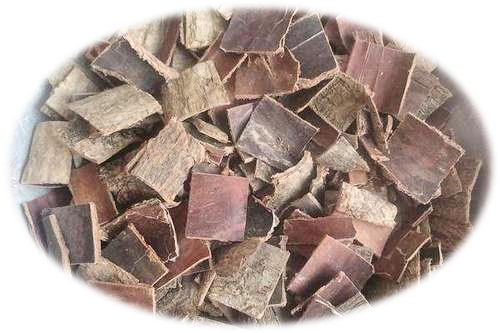
3
杜仲的化学成分
杜仲皮和杜仲叶中所含化学成分相似,主要包括木脂素、环烯醚萜、苯丙素、黄酮、多糖、杜仲胶等。木脂素及其衍生物是杜仲的重要化学成分,杜仲皮中的木脂素含量高于杜仲叶。目前已从杜仲中鉴定到约50种木脂素,包括双环氧木脂素、单环氧木脂素、新木脂素等。其中,松脂醇二葡萄糖苷被认为杜仲的主要降压成分,《中华人民共和国药典》也以松脂醇二葡萄糖苷的含量对杜仲进行质量检测;环烯醚萜是杜仲的活性化学成分之一,在杜仲皮和杜仲叶中均有分布,目前已从杜仲中分离到41种环烯醚萜类化合物,包括京尼平苷、京尼平、杜仲苷、桃叶珊瑚苷、筋骨草苷等;杜仲中的苯丙素类化合物主要包括绿原酸、咖啡酸、二氢咖啡酸、松柏酸、绿原酸甲酯、丁香苷、间羟基苯丙酸等,其中,对杜仲中绿原酸的研究较多,现行《中华人民共和国药典》也以绿原酸的含量对杜仲叶进行质量检测;黄酮类化合物也是杜仲的活性成分,杜仲中黄酮含量的高低是判断杜仲生药材及其产品质量的重要指标,已从杜仲中鉴定的黄酮类化合物包括山柰酚、紫云英苷、陆地锦苷、金丝桃苷等。杜仲皮中的黄酮含量低于杜仲叶,杜仲雄花中的黄酮含量较为丰富。
此外,杜仲中发现的化合物还包括甾体、三萜、杜仲多糖、杜仲胶等。其中,杜仲皮中杜仲胶的含量最高可达20%,杜仲胶为反式聚异戊二烯,是一种天然高分子材料,具有独特的“橡胶-塑料二重性”,在国防军事领域具有较高的应用价值。
Du-Zhong and Du-Zhong-Ye contain similar chemical components, including lignans, iridoids, phenylpropanoids, flavonoids, and Eucommia gum. Lignans and their derivatives are important chemical constituents of E. ulmoides, with higher levels found in Du-Zhong compared to Du-Zhong-Ye. Around 50 lignans have been identified from Du-Zhong, including dibenzylbutyrolactone lignans, monobenzyl- butyrolactone lignans, and neolignans. Among them, pinoresinol diglucoside is considered the primary hypotensive compound in Du-Zhong, the content of which is also used as a quality indicator for Du-Zhong in Pharmacopoeia of the People's Republic of China. Iridoids are one of the active chemical constituents of E. ulmoides and are distributed in both Du-Zhong and Du-Zhong-Ye. So far, 41 iridoids have been isolated from Du-Zhong, including aucubin, aucubigenin, geniposide, chlorogenic acid, and eucommioside. Phenylpropanoid compounds found in Du-Zhong include chlorogenic acid, caffeic acid, dihydrocaffeic acid, pinoresinic acid, methyl chlorogenate, syringin, and hydroxyphenylpropionic acid. Among them, chlorogenic acid has been extensively studied, and the content of which is used for quality assessment for Du-Zhong-Ye according to Pharmacopoeia of the People's Republic of China. Flavonoids are also active constituents in Du-Zhong, and the content of flavonoids serves as a crucial indicator for assessing the quality of raw Du-Zhong materials and derived products. Identified flavonoids from Du-Zhong include quercetin, astragalin, isoquercitrin, and kaempferol glycosides. However, the content of flavonoids in Du-Zhong is lower than that in Du-Zhong-Ye.
In addition, compounds formed in steroids, triterpenes, polysaccharides, and Eucommia gum have been found from Du-Zhong. Eucommia gum, constituting around 20% of the content in Eucommia bark, is a trans-polyisoprene, a natural polymer material with a high molecular weight. It exhibits distinctive properties of both rubber and plastic, and holds considerable application value, especially in the fields of national defense and military.
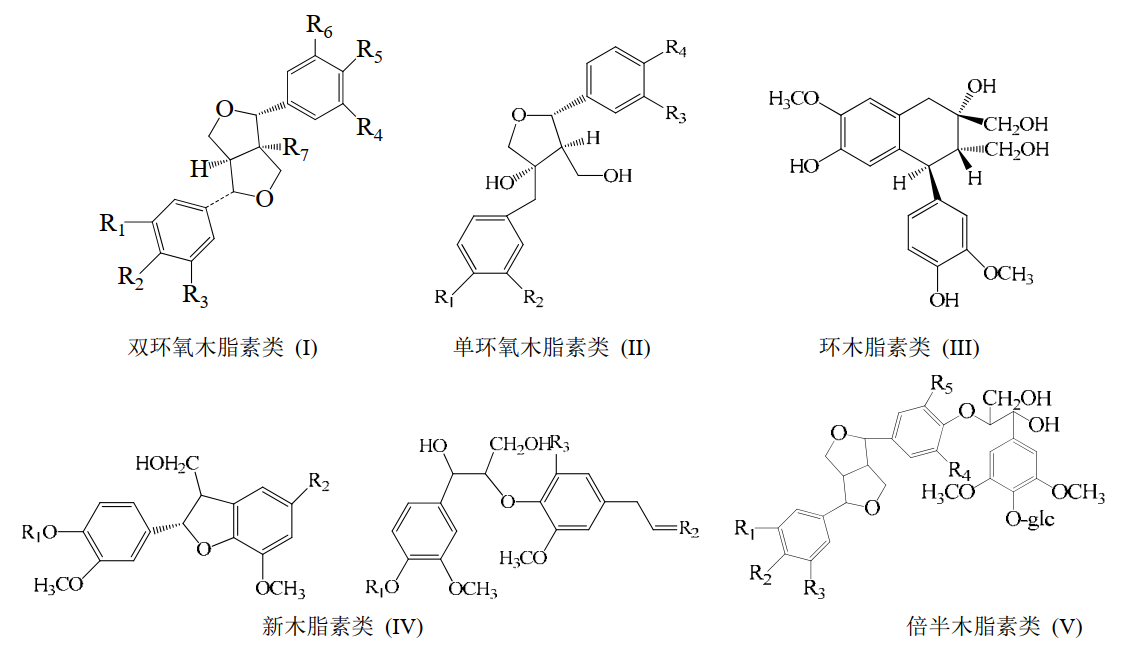
杜仲中的木脂素类化合物骨架类型
4
杜仲的药理活性
历代本草均记录杜仲具有补肝肾、强筋骨、安胎等功效,中医临床上常用杜仲主治肝肾不足、腰膝酸、筋骨无力、晕眩、妊娠漏血和胎动不安等症。现代药理学研究表明杜仲具有降压、增强免疫力、调血脂、降血糖、保肝利胆、利尿、保护神经细胞、调节骨代谢、补肾、安胎等诸多药理活性。尤为值得注意的是,杜仲作为高质量的天然降压中药材,其降压作用经过了大量的临床实践证明,已被确认的降压活性成分包括松脂醇二葡萄糖苷、脱氢二松柏醇二糖苷、京尼平、京尼平苷酸等。
Du-Zhong has been documented for its effects of nourishing the liver and kidneys, strengthening muscles and bones, and promoting fetal health, throughout the history of traditional Chinese materia medica. In clinical practice, Du-Zhong is commonly used to treat conditions such as liver and kidney deficiency, lumbago and sore knees, weakness of muscles and bones, dizziness, threatened miscarriage with vaginal bleeding, and restless fetal movements. It has been revealed by modern pharmacological studies that Du-Zhong possess various pharmacological activities, including antihypertensive, immune-enhancing, lipid-lowering, blood sugar-lowering, hepatoprotective, diuretic, neuroprotective, bone metabolism regulation, kidney-tonifying, and fetal health-promoting effects. It is noteworthy that Du-Zhong is highly regarded as a premium natural herbal medicine for its notable antihypertensive properties, which have been extensively validated through clinical research. The antihypertensive effect of Du-Zhong can be attributed to its specific active constituents, which have been identified as pinoresinol diglucoside, dehydrodiconiferyl alcohol diglucoside, aucubin, and aucubigenin-7-O- glucuronide. These compounds have demonstrated efficacy in reducing blood pressure and are responsible for the antihypertensive activity of Du-Zhong.
总之,杜仲作为我国特有药材,药用历史悠久,具有广泛的药理活性,在医药领域应用前景非常广阔。
In summary, Du-Zhong is a distinctive medicinal plant native to China, known for its diverse pharmacological activities and longstanding medicinal use. It exhibits significant potential for application in the field of medicine with a promising prospect for the future.
